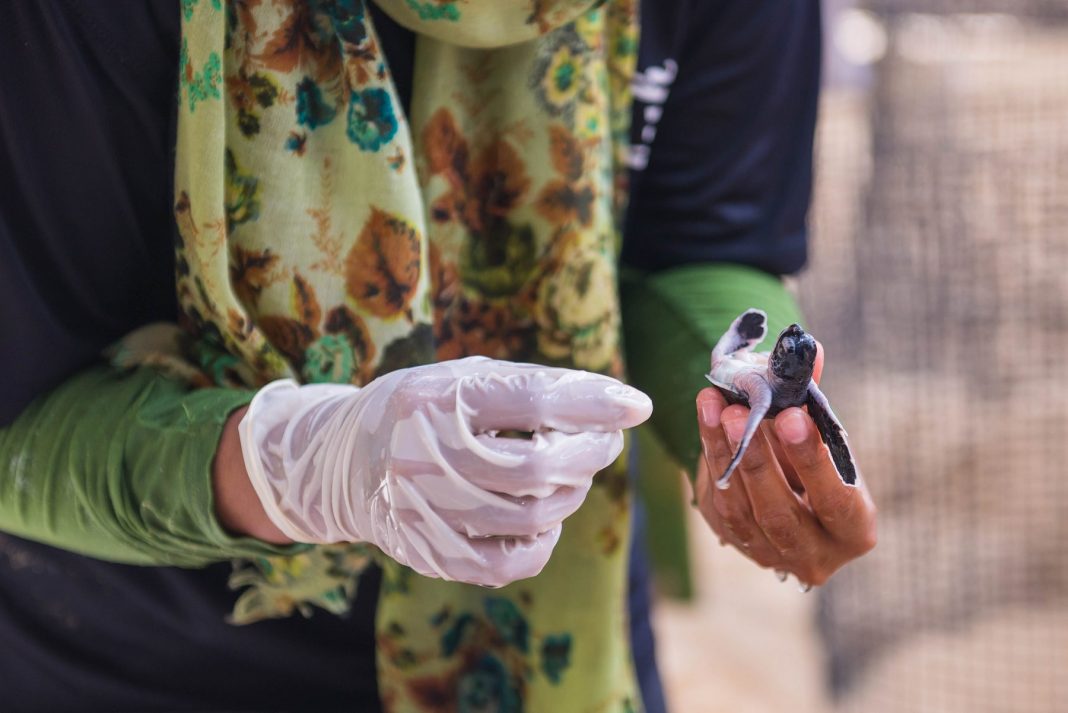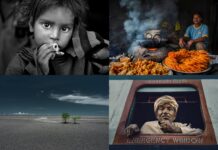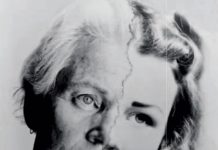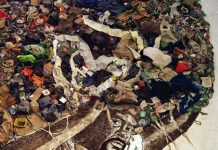
Witnessing the exodus of baby turtles from sand to sea might seem out of reach, but they are really just a hop, skip, and a boat ride away
Text: Lim Jun Xi
To watch these critters hatch in reality doesn’t need an ardurous cruise to a far flung archipelago. Award-winning wildlife photographer Nicole Lim (“Nikkiko”) speaks to ASIAN Geographic about documenting the Juara Turtle Project, a wildlife volunteer project on the sandy beaches of Malaysia. For her wildlife shots, Lim won the Canon Photomarathon 2013 and the Light and Life Photography Competition 2015. She runs Animal Encounters World Tour.
Q: What about these turtles interests or inspires you?
NL: Turtles hold a special place in my heart because they have been around in some form for millions of years, having even lived with dinosaurs. A baby turtle hatching and running perilously to the sea is such an immense and crucial moment, a seemingly insurmountable crucible for a creature born mere hours ago. This trial baby turtles face inspires me to fight and live life to the fullest. After all, if the baby turtles can do it, so can we.
Q: What difficulties did you face taking these photographs?
NL: The limited amount of time we could spend there was a significant factor because we were not sure if there would be any hatching activity during the period. We checked the hatcheries at fixed times in the early morning and late night, when ambient temperatures were lower and the eggs were likely to hatch. This meant that we had to be ready at the drop of a hat, even if we were already sound asleep. Insufficient lighting was a major issue, since the most interesting events occurred at night and we could not use our flash (for the benefit of the turtles). We were provided with red-light torches from the centre, but they were not bright enough and getting the right camera focus was difficult.
I asked plenty of questions to get a thorough idea of the processes. I also had to have my camera constantly ready and be observant of my surroundings. On one of the nights, there were multiple nests hatching. Despite having already taken photos from the first few hatchings of the night, we got out of bed each time there was a new hatching so we would not miss any potential opportunities for different photos
Q: What did you hope to convey through the photos?
NL: The focus of my photographs was to include people alongside wildlife in each shot, showing the interaction and intimacy between both sides. I wanted to help viewers better relate to these animals. My favourite photograph depicts a baby turtle with large, swollen bites from red ant attacks. The turtle was in visible pain and one could only imagine how painful it would be for a human to have bites of similar proportions to those on the turtle. We feel pain in much the same way they do.
Q: What got you interested in wildlife photography?
NL: Just a simple love for animals. They are beautiful creatures that share Earth with us, making us very much like family. Sometimes, I feel like I can personally relate to them, especially when animals that are living in peace are affected by human expansion. I’d liken their situation to my introverted desire for solitude, when that desire is thwarted by undesired attention or harassment. In the animals’ case though, it has far more dire consequences than mere annoyance. It’s a life or death issue and I feel great sympathy towards their plight.
For Lim’s full portfolio, see Animal Encounters World Tour.
[project_links]
[share]














